Gum Disease Therapy – Phoenix, AZ
Protect Your Entire Smile
Periodontal disease is a common oral health problem that can have serious consequences for overall health. That’s why Bell Road Dental Care of Phoenix is committed to offering periodontal therapy to patients from Phoenix and surrounding areas. With the care we can provide, you can look forward to reclaiming good oral health and preserving overall wellbeing. Are you struggling with periodontal disease? Don’t let this condition ruin your smile or your health. Call our dental office to schedule a periodontal exam. We’ll work with you to treat your condition with gum disease therapy in Phoenix, AZ.
Why Choose Bell Road Dental Care of Phoenix for Gum Disease Treatment?
- Solea Lasers for Anesthetic-Free Treatment
- Experienced Dentists and Team
- Trusted Privately-Owned Dental Office
What Causes Periodontal Disease?
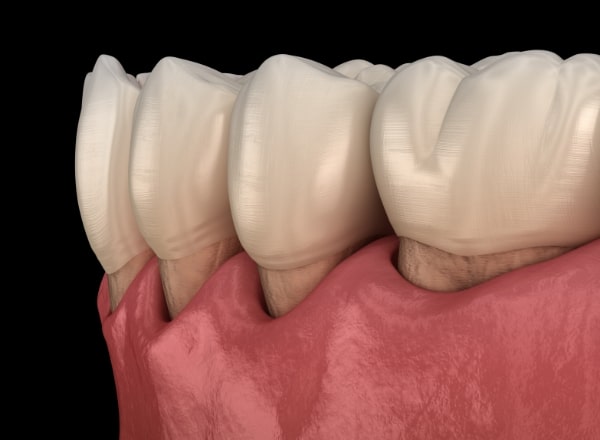
Periodontal disease, which is more commonly called gum disease, is the result of plaque and tartar buildup. As they accumulate around the teeth and gums, they cause the gums to become irritated and inflamed. As a result, patients may experience bleeding when they brush or floss. Another common sign of periodontal disease is bad breath. As the condition worsens, these symptoms become more pronounced.
The Devastating Effects of Periodontal Disease
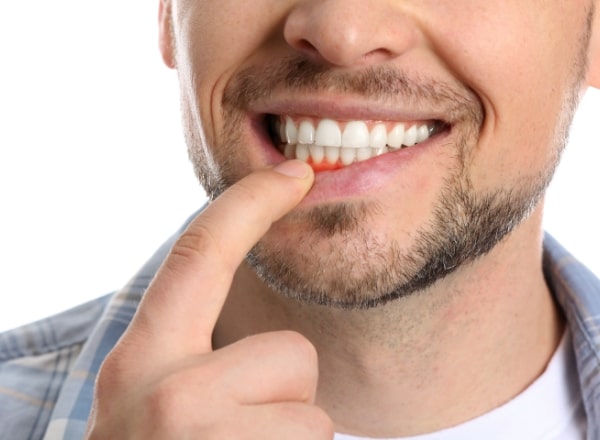
Mild gum disease is known as gingivitis. In many cases, gingivitis can be reversed simply by spending more time brushing and flossing, and by seeing Dr. Sewright more frequently for checkups and cleanings. If it’s not reversed, gingivitis can become periodontitis and result in soft tissue or tooth loss. What’s more, severe gum disease has been linked with health problems in the rest of the body. All of which makes untreated periodontal disease an incredibly devastating health concern that should be treated as soon as possible.
The Importance of Periodontal Therapy
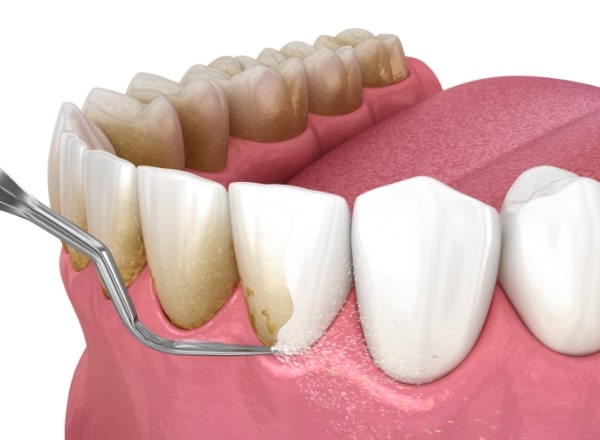
When you come to Bell Road Dental Care of Phoenix, Dr. Sewright carefully assesses your condition and creates a personalized plan that matches your needs. In more advanced cases, scaling and root planing may be necessary to remove bacteria, plaque, and tartar from below the gum line. We would also be happy to discuss your home care routine and offer suggestions for how you can improve it.
Scaling & Root Planing
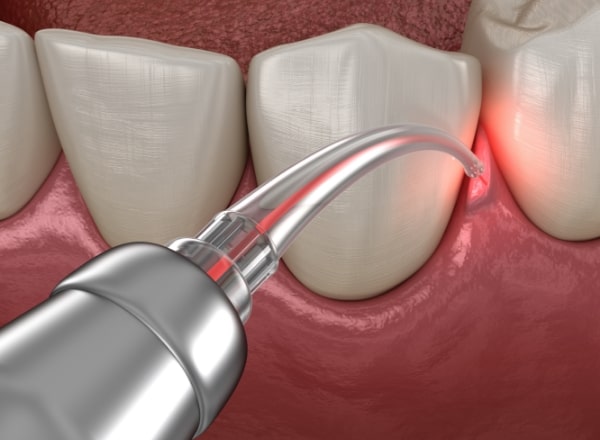
When you have advanced gum disease, a regular cleaning won’t be enough to remove the bacteria that’s causing the damage. We’ll need to perform a deep cleaning instead. This procedure begins with scaling, which is simply the process of removing plaque and tartar from your teeth and gums, especially in the area beneath the gum line. The second step of a deep cleaning is a root planing, where we smooth out the roots of the teeth so that they aren’t as susceptible to plaque accumulation.
Solea Laser Treatment
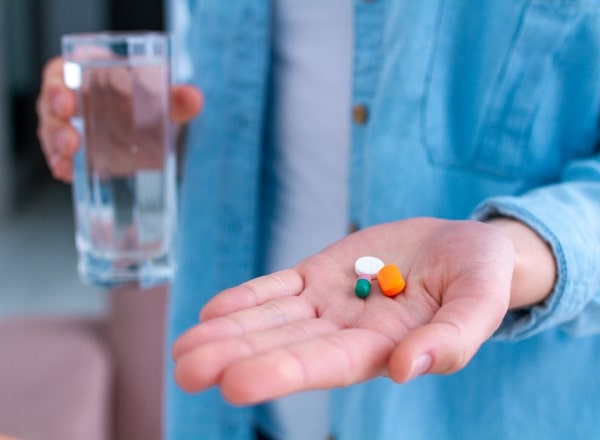
Laser treatment lets us address different aspects of gum disease to give your mouth a chance to recover. We can use it to gently remove infected tissues without incisions; the laser will cauterize any exposed blood vessels, so you don’t have to worry about bleeding. Also, lasers are highly effective for killing bacteria, allowing us to sterilize your mouth without damaging your soft tissues. Laser treatments cause little to no discomfort, so don’t worry about needing to have your mouth numbed for the procedure.
Antibiotic Therapy
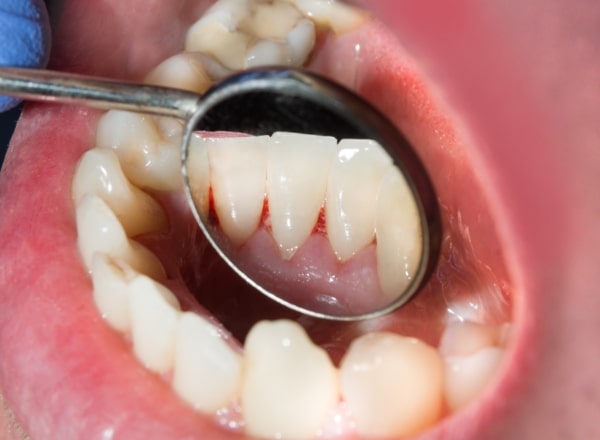
We may prescribe antibiotics after a periodontal treatment to eliminate or reduce further bacterial development in your mouth. At our dental office, we often prescribe Arestin for patients with advanced gum disease that has caused pockets to form between the teeth and gums. Microspheres filled with medication are placed in the pockets in order to directly fight the source of the infection. By combining antibiotics with scaling and root planing, we generally see a much higher rate of pocket reduction over the course of several months.


